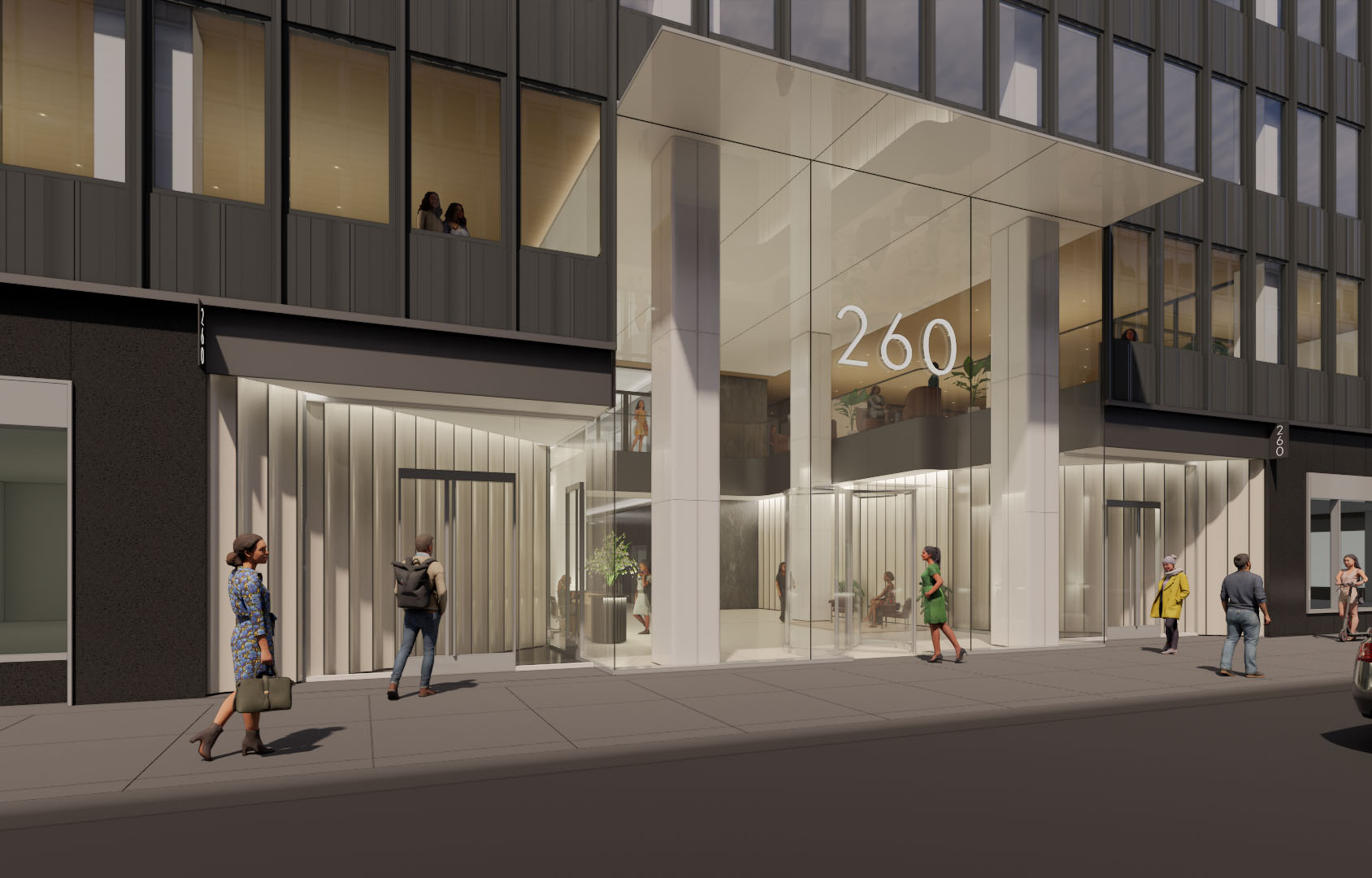Debunking the Housing Shortage Myth in NYC - by Adelaide Polsinelli

A Policy-Driven Crisis:
For years, the narrative of a housing shortage has dominated discussions about New York City’s real estate landscape. Politicians, advocacy groups, and media outlets have pointed to rising rents and tight availability as signs of a systemic shortage of housing. But is there truly a housing shortage, or is this crisis a byproduct of policy missteps? A closer look suggests that this “shortage” is not an organic problem but a manufactured one, stemming from decisions made by the New York City Council and the Housing Protection Act of 2019.
The Elimination of Means Testing:
One of the most significant policy changes contributing to the current crisis was the elimination of means testing for rent-regulated apartments. Under the previous system, means testing ensured that rent-regulated housing was allocated to those who truly needed it. Tenants whose income exceeded certain thresholds or who owned additional properties were disqualified from benefiting from these subsidies. However, with the removal of means testing, wealthier tenants can now occupy rent-stabilized units, while middle- and lower-income New Yorkers are left to compete for market-rate apartments. This lack of income verification has led to a perverse outcome: tenants renting multiple apartments under rent-stabilized agreements. For some, these additional apartments serve as pieds-à-terre or even sublets, effectively locking up units that could be made available to those who genuinely need them. The result? A distorted rental market that exacerbates scarcity without addressing the underlying inequities.
The End of Co-op Conversions:
Another overlooked factor is the near cessation of co-op and condo conversions. Historically, New York City’s housing stock expanded not just through new construction but also through the conversion of rental units into owner-occupied housing. These conversions offered renters an opportunity to become homeowners, creating a natural cycle that freed up rental inventory for others. However , the Housing Protection Act of 2019 made co-op conversions nearly impossible by imposing onerous requirements and restrictions. By effectively freezing this pathway to homeownership, the city has trapped renters in a cycle of perpetual leasing. This policy has not only limited supply but also stymied wealth-building opportunities for middle-class New Yorkers, further entrenching economic disparities.
A Manufactured Crisis:
These policy decisions have created an artificial housing shortage. The issue is not a lack of physical housing—New York City has millions of units—but a misallocation of those units. Rent-stabilized apartments remain occupied by tenants who may no longer need them, while aspiring homeowners are denied the ability to purchase. Meanwhile, developers face regulatory and financial barriers that discourage the construction of new rental housing. The result? A city where housing is not necessarily scarce—but poorly distributed.
Earning the ability to live in prime Manhattan should be an achievement to strive for, not an entitlement granted under misguided policies in the name of inclusion. Certain affluent neighborhoods exist because of decades of investment, development, and market-driven growth. Property owners, businesses, and investors contribute to these areas’ desirability, driving economic activity and increasing value. When policies artificially minimize these values— whether through overregulation, forced affordability mandates, or disincentives for market-rate development—we do not just devalue specific neighborhoods; we risk devaluing the entire city.
At the same time, there is an unrealistic expectation that everyone should be able to live in prime Manhattan neighborhoods. While housing affordability is a crucial issue, it is neither practical nor sustainable to assume that every resident should secure a below-market apartment in the most coveted areas. A well-functioning housing market requires balance—one where people have opportunities to find suitable housing across all boroughs, supported by investments in transit, infrastructure, and job centers beyond Manhattan’s core.
Forcing low-income housing into high-income neighborhoods creates additional challenges beyond just economic distortion. Residents who secure subsidized housing in expensive areas often face frustration when they cannot afford the daily cost of living in those neighborhoods— whether it’s groceries, restaurants, services, or recreational activities. This creates tension and dissatisfaction rather than upward mobility. Additionally, data has consistently shown that when affordability mandates are poorly managed, they can correlate with increased crime rates, putting strain on both new and existing residents. As crime rises, businesses pull back, property values decline, and entire neighborhoods suffer—a consequence felt by both market-rate tenants and subsidized renters alike.
Rather than forcing affordability into high-value areas at the expense of organic market forces, New York City should focus on expanding transit-oriented development to make outer boroughs and emerging neighborhoods more attractive and accessible. Another way is by encouraging job creation outside of Manhattan so that people can live closer to work and reduce dependency on central Manhattan’s housing stock. Additionally, promoting market-driven affordability by easing restrictions on middle-income housing, rather than solely incentivizing either luxury development or deeply subsidized units will also help.
Manhattan will always be a global economic hub, and its housing market should reflect that reality. The focus should be on creating opportunities for people to move up through economic mobility, not artificially placing them in locations that defy market fundamentals. When people have something to work toward, they contribute to the city’s vitality—rather than relying on policies that distort the market and create long-term imbalances.
The Path Forward:
To address these issues, New York City must take several key steps
Reintroduce Means Testing: Reinstate income verification for rent-stabilized apartments to ensure that these units serve their intended purpose of housing those in need.
Revive Co-op Conversions: Reform the Housing Protection Act to make co-op and condo conversions viable again. This would provide renters with a path to homeownership and increase the supply of available rental units.
Encourage New Development: Streamline regulations to incentivize the construction of new housing, particularly in underutilized areas of the city
Enforce Anti-Abuse Measures: Implement stricter oversight to prevent tenants from monopolizing multiple or undeserved rent regulated units
Conclusion
The housing crisis in New York City is not an inevitability but a consequence of policy choices. By recognizing and addressing, the root causes, the city can move toward a more equitable and efficient housing market. It is time to shift the narrative and focus on solutions that create real opportunities for all New Yorkers, rather than perpetuating a manufactured crisis, that benefits a select few.
Adelaide Polsinelli is a vice chairman of Compass Commercial, New York, NY.
Berger and Koicim of Marcus & Millichap sell 17-unit multi-family for $8.8 million


Behind the post: Why reels, stories, and shorts work for CRE (and how to use them) - by Kimberly Zar Bloorian

Strategic pause - by Shallini Mehra and Chirag Doshi

AI comes to public relations, but be cautious, experts say - by Harry Zlokower









.jpg)

.gif)